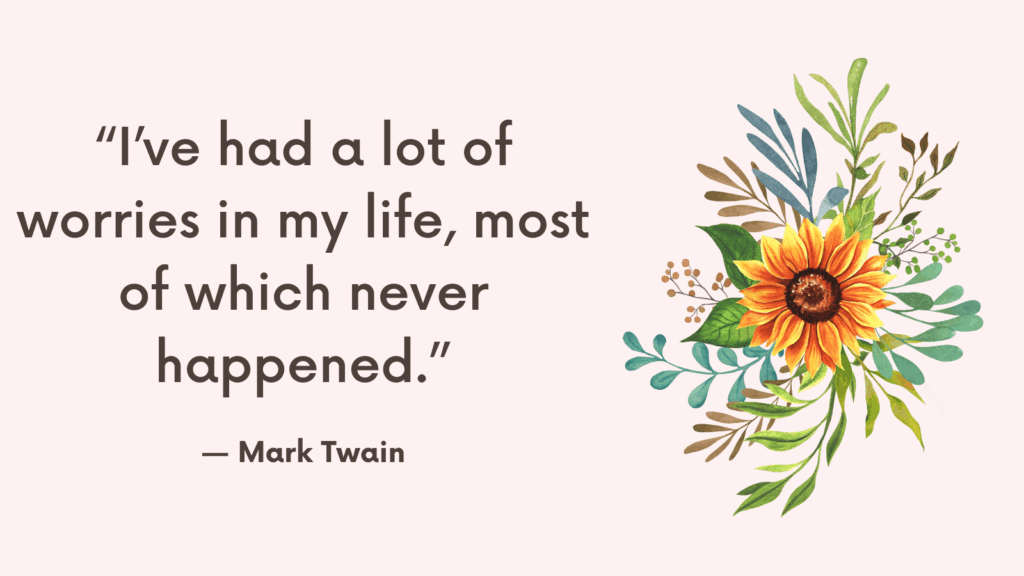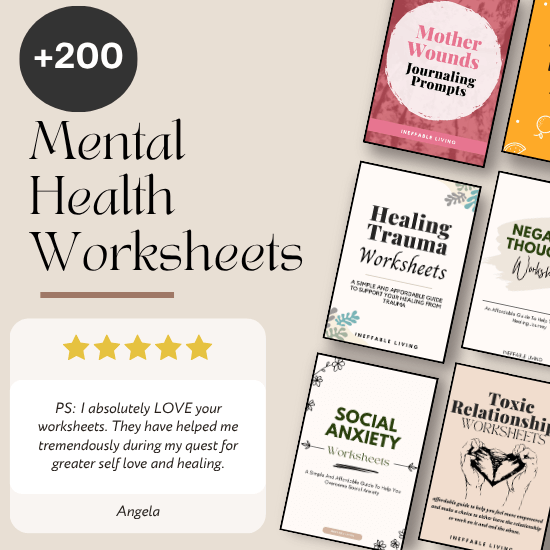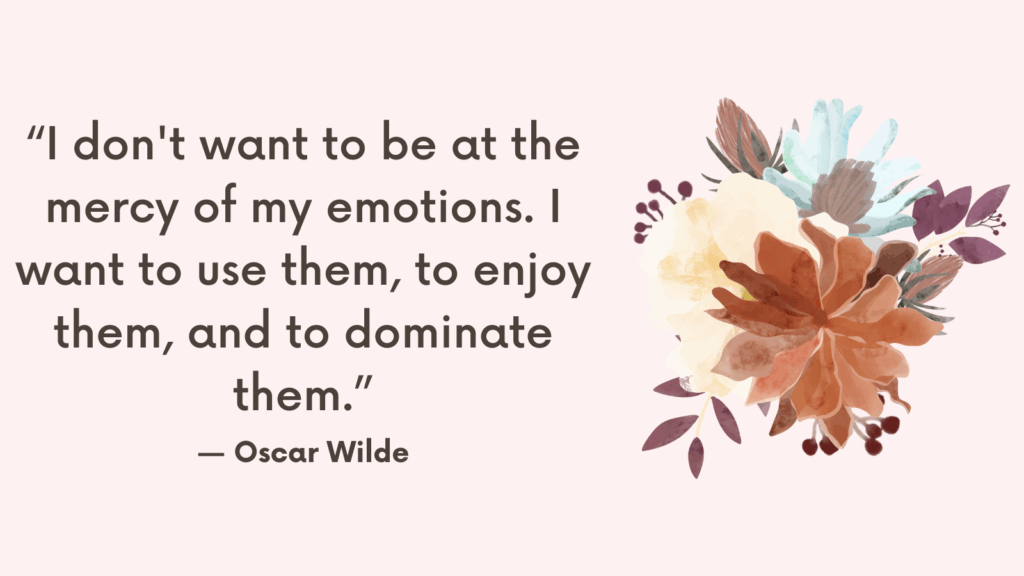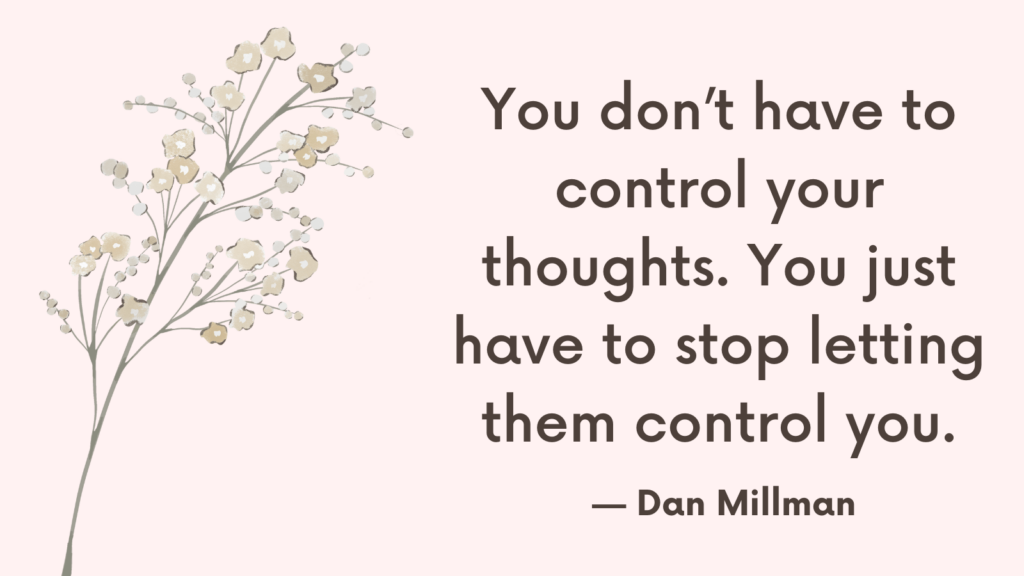Panic attacks can mimic serious medical conditions — especially heart attacks, strokes, or neurological issues. The chest tightness, dizziness, numbness, shortness of breath, and fear can feel terrifying and real. If you’ve ever thought, “What if this isn’t anxiety?”, you’re not alone. Learning how to distinguish between panic and true medical emergencies can help you stay calm and respond wisely.
What Are Panic Attacks?
A panic attack is a sudden episode of intense fear or anxiety accompanied by severe physical reactions. It can happen without warning and without an obvious trigger, making it a frightening and disorienting experience. Although panic attacks are not physically harmful, they can feel life-threatening in the moment, often leading people to believe they’re having a heart attack or losing control of their mind or body.
Panic attacks are a central feature of panic disorder, but they can also occur in people with generalized anxiety, post-traumatic stress, phobias, and other stress-related conditions.
Related: How to Break the Panic Attack Cycle?
Common Symptoms of Panic Attacks
Panic attacks typically begin abruptly and peak within 10 to 15 minutes. Common symptoms include:
- Racing or pounding heartbeat
- Shortness of breath or choking sensation
- Dizziness or lightheadedness
- Chest pain or discomfort
- Shaking or trembling
- Sweating or chills
- Nausea or stomach distress
- Tingling or numbness, especially in hands or face
- A feeling of unreality or detachment from surroundings
- Intense fear of dying, fainting, or losing control
These symptoms are the result of the body’s fight-or-flight response, which floods the nervous system with adrenaline in response to perceived danger.
Related: 9 Silent Panic Attacks Symptoms
Causes and Triggers
Panic attacks can have both psychological and physiological causes. While sometimes they occur seemingly out of the blue, they can also be triggered by:
- High levels of stress
- Major life transitions
- Phobias (e.g., fear of flying or heights)
- Trauma or PTSD
- Stimulants such as caffeine or certain medications
- Genetics or family history of anxiety disorders
- Hyper-awareness of bodily sensations
Some people only experience panic attacks in specific situations, while others may develop panic disorder, where the fear of future attacks becomes a chronic source of anxiety.
How to Tell the Difference Between Panic and Medical Emergencies?
1. Understand the Common Physical Symptoms of Panic
Typical panic symptoms include:
- Rapid heartbeat or palpitations
- Chest tightness or discomfort (not sharp pain)
- Feeling like you can’t breathe or are choking
- Dizziness, lightheadedness, or feeling faint
- Numbness or tingling in hands, feet, or face
- Hot flashes or chills
- Feeling detached from your body or reality
- A strong fear of dying or losing control
These symptoms usually build quickly (within 10 minutes), peak, and then gradually fade.
2. Note How Quickly It Comes and Goes
Panic attacks tend to have a sudden onset and resolve within 20–30 minutes, often without any physical cause. Medical emergencies like heart attacks or strokes tend to build and worsen over time.
Ask yourself:
- “Have I had this exact feeling before?”
- “Did it pass on its own?”
- “Is this lasting longer or feeling unfamiliar compared to past anxiety?”
Related: Best 10 Panic Attack Books
3. Compare Chest Pain: Panic vs. Heart Attack
Panic-related chest pain:
- Often sharp, fleeting, or pressure-like
- More likely to be felt in the center or left side of chest
- May shift with movement or breathing
- Accompanied by intense fear and rapid breathing
Heart attack chest pain:
- Usually a crushing, heavy, or squeezing sensation
- May radiate to arm, jaw, back, or shoulder
- Not affected by position or breathing
- Often occurs with nausea, cold sweats, and fatigue
If you’re ever in doubt, seek emergency care — especially if symptoms are new or feel different from past anxiety.
4. Ask: Is This a Pattern I Know?
If you’ve experienced panic attacks before, ask:
- “Does this feel like the same set of symptoms I’ve had before?”
- “Have I been checked out for this and told it’s anxiety?”
Panic tends to follow a recognizable pattern once you’ve had it a few times.
5. Consider the Emotional Component
Panic attacks often include:
- A strong fear of dying, going crazy, or losing control
- An overwhelming sense of doom
- The feeling of being out of your body
These emotional elements are less common in physical emergencies, which usually come with a clearer sense of physical distress rather than psychological terror.
Related: +20 Overgeneralization Examples & How to Avoid It
6. Evaluate Responsiveness and Function
If you’re able to talk, walk, move, breathe, and follow commands — even while anxious — it’s more likely panic. True medical emergencies often impair these functions.
7. Use a “Wait-and-Watch” Rule (If Safe to Do So)
If you suspect it might be panic and have been cleared medically before, try the following:
- Sit or lie down
- Use slow breathing for 5 minutes
- Avoid checking your pulse or Googling symptoms
If symptoms begin to fade, it’s likely anxiety. If they persist, worsen, or feel different, seek help.
8. Always Seek Help If It’s New or Unclear
If you’re experiencing symptoms for the first time — or if they feel different than your usual anxiety — it’s always best to get checked.
It’s better to be evaluated and find out it’s panic than to ignore a serious condition.
9. Create a Safety Protocol With a Doctor
If you deal with chronic health anxiety or panic, talk with a healthcare provider to create a plan:
- What symptoms are okay to monitor at home?
- When should you call for help?
- What tests have already ruled out major issues?
10. Trust Experience, But Don’t Ignore Intuition
You are the expert on your body. If something feels off, and not like your typical anxiety, trust yourself and seek care. But if this is a familiar loop, remind yourself:
- “This is panic. I’ve lived through this before. I’m okay.”
Related: Best 10 Books For Overthinking And Anxiety
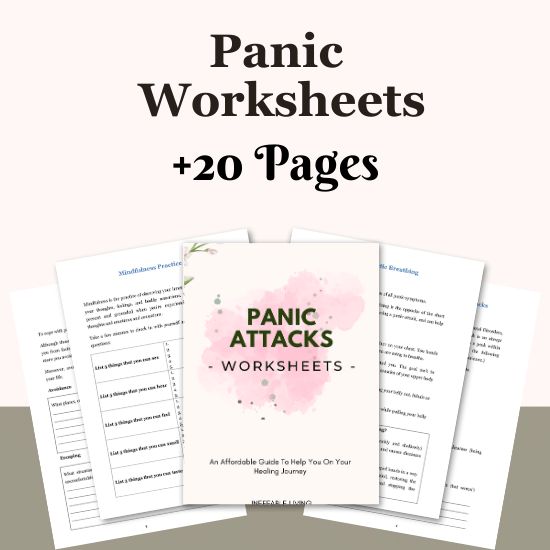
Conclusion
You don’t need perfect certainty — you just need a plan. The more you learn to tell the difference, the more confident and calm you become in the face of fear. Panic can be loud, but knowledge is stronger.
